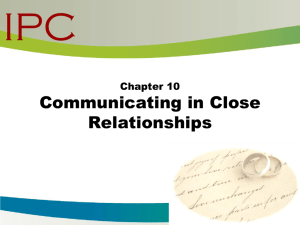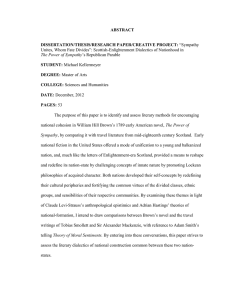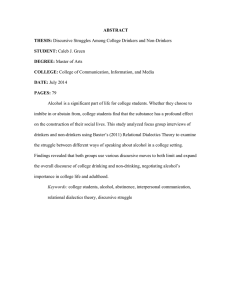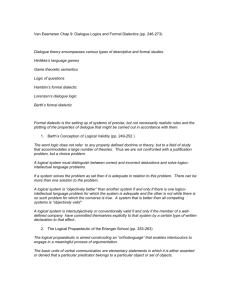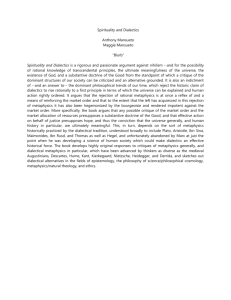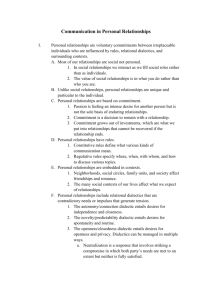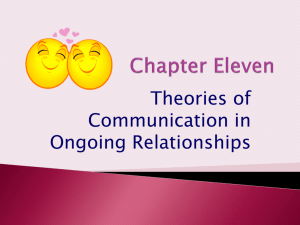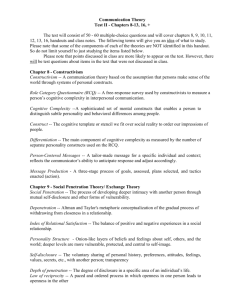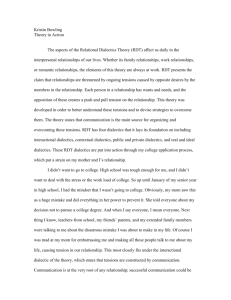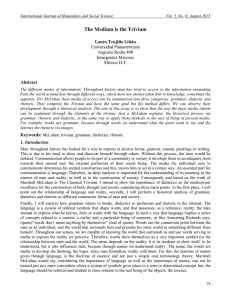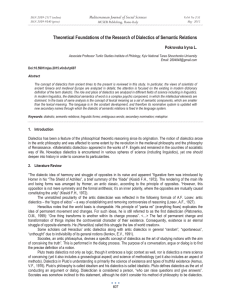Chapter 1: Introduction to Group Communication
advertisement
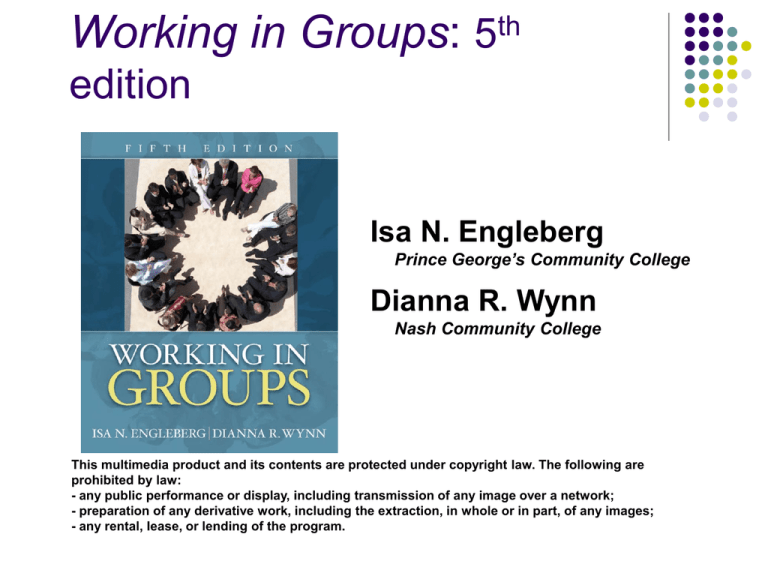
Working in Groups: 5th edition Isa N. Engleberg Prince George’s Community College Dianna R. Wynn Nash Community College This multimedia product and its contents are protected under copyright law. The following are prohibited by law: - any public performance or display, including transmission of any image over a network; - preparation of any derivative work, including the extraction, in whole or in part, of any images; - any rental, lease, or lending of the program. Chapter 1: Introduction to Group Communication How to Succeed in Groups Listen effectively Understand your role Actively contribute Ask clear questions Establish a professional rapport How to Succeed in Groups Communicate effectively with culturally-diverse members Use language effectively Convey a professional image Resolve group conflict Demonstrate leadership Defining Group Communication The interaction of three or more interdependent members working to achieve a common goal Components of Group Communication Defining Group Communication Three or more members Why is three the minimum size for a group? How are groups limited when there are less than 5 members? How are groups limited when there are more than 12 members? What is the ideal size for a problem-solving group? Defining Group Communication Interaction Group members use verbal and nonverbal messages to generate meanings and establish relationships. Group communication requires interaction. Defining Group Communication Common Goal Defines and unifies a group A clear, elevated goal: separates successful from unsuccessful groups guides action helps set standards helps resolve conflict motivates members Defining Group Communication Interdependence Each group member is affected and influenced by the actions of other members. Working Group members work together to achieve a common goal. PowerPoint Quiz Which of the following situations best represents group communication? a) People talking about politics in an elevator b) People discussing the weather in an airport c) Parents cheering at a school soccer match d) Jury members deliberating a court case e) An audience listening to a concert Communication Process: Basic Elements Members Feedback Messages Context Channels Noise Group Communication Process Group Communication Process: Match the Concepts __ Anything that interferes with or inhibits communication B. Messages __ Ideas, information, opinions, C. Channels feelings D. Feedback __ Media used to share messages __ Recognized and accepted as E. Context belonging to a group F. Noise __ Response or reaction to a message __ The physical and psychological environment A. Members Basic Types of Groups Primary Groups Social Groups Self-Help Groups Learning Groups Service Groups Civic Groups Work Groups Public Groups Match the Types of Groups A. B. C. D. Primary Group Social Group Self-help Group Learning Group Service Group __ Alcoholics Anonymous __ Bowling Team __ Rotary Club __ Boy or Girl Scout E. Troop (In some cases, more than __ Church Choir one type may apply) __ Group Counseling Additional Types of Groups Work Groups: Committees Work Teams Public Groups: Panel Discussion Symposium Forum Advantages of Working in Groups • • • • • • Group Performance Member Satisfaction Learning Cultural Understanding Creativity Civic Engagement Disadvantages of Working in Groups: • Time, Energy, and Resources • Conflict • People Problems Balance and Group Dialectics Group Dialectics The competing and contradictory components of group work Balancing Group Dialectics The challenge of taking a both/and rather than an either/or approach to resolving dialectic tensions in groups The Opposite Proverb Is . . Eğri otur doğru konuş Doğru söyleyeni dokuz köyden kovarlar Zararın neresinden dönülse kardır Gelen gideni aratır Taşıma suyla değirmen dönmez' Damlaya damlaya göl olur Balancing Group Dialectics Individual Goals ↔ Group Goals Personal goals are compatible with group goals. Conflict ↔ Cohesion Cohesive groups are committed, unified, and willing to engage in conflict. Conforming ↔ Nonconforming Members value group norms, but are willing to change. Balancing Group Dialectics Task Dimensions ↔ Social Dimensions Members want to get the job done and also value their social relationships. Homogenous ↔ Heterogeneous Members value member similarities and differences. Leadership ↔ Followership Effective leadership requires loyal and competent followers. Balancing Group Dialectics Structure ↔ Spontaneity Members recognize the need for structured procedures and the value of creative thinking. Engaged ↔ Disengaged Members expend energy and work hard, but also need rest and renewal. Open System ↔ Closed System Members welcome input and interchange, but also protect the group and its work. Match and Define the Dialectics A. Individual B. Conflict C. Open D. Structure E. Conformity F. Leadership G. Engaged H. Homogeneous I. Task ___ Closed ___ Disengaged ___ Spontaneity ___ Followership ___ Heterogeneous ___ Social ___ Nonconforming ___ Cohesive ___ Group
